Implementing synchronous emission source control
In recent times, Hanoi has consistently been among the cities with the highest air pollution pressure in the country, especially in winter and the changing seasons. To address this situation, the city has implemented many comprehensive solutions, aiming to reduce pollution and improve the quality of life of its people.

Hanoi has implemented many comprehensive solutions, aiming to reduce pollution and improve people's quality of life. Photo: PV
According to the report of the Hanoi Department of Agriculture and Environment, in the Air Quality Management Plan to 2030 with a vision to 2035, the city aims to reduce the concentration of PM2.5 fine dust by at least 20% compared to 2024, strictly control emission sources from traffic, construction sites, industry and burning garbage and straw. The city has established a low emission zone, piloted in 4 old inner-city districts: Hoan Kiem, Ba Dinh, Hai Ba Trung, Tay Ho; and is expected to expand to belt areas 1 and 3. Along with that, Hanoi is building a roadmap to limit gasoline-powered motorbikes in the central area from 2026 and expand the restriction on cars using fossil fuels in the period 2028 - 2030.
In parallel, the city is coordinating with the Ministry of Agriculture and Environment to apply smart monitoring technology, install 50 more sensors to measure air quality, use drones to detect large emission points, and simultaneously issue 48-hour air quality forecast bulletins and 5-7 day forecast models. Director of the Center for Agricultural and Environmental Engineering, Hanoi Department of Agriculture and Environment Ngo Thai Nam said that the unit is closely coordinating with the Department of Construction and localities to control all emission sources, bringing air quality to a safe level for people.
Along with emission control, Hanoi promotes green transport development by rapidly increasing the electric bus fleet, expanding the urban railway network and BRT bus rapid transit, and providing financial support for people to switch from gasoline-powered vehicles to electric vehicles. In addition, the city's departments and branches also take drastic action. The Department of Construction has increased inspections of construction sites, requiring covering and spraying water to reduce dust. The city police have also increased patrols and handled old trucks that emit black smoke.
The city also stepped up propaganda work so that people actively responded to the movement to keep the environment clean, plant trees, and collect waste. Ms. Nguyen Thu Hang (Cau Giay ward) shared: "If the government and people join hands, I believe that in just a few years Hanoi will have bluer skies. Every small action, such as using electric cars or public transport, also contributes to protecting the air."
Towards a green, clean and sustainable capital
According to Deputy Head of the Hanoi Environmental Management Department Luu Thi Thanh Chi, in the first 6 months of 2025, the average 24-hour PM2.5 fine dust concentration decreased by about 9% compared to the same period in 2024, the average AQI index of the whole city was at 78 (average threshold). The rate of days with good and average air quality reached 72%, an increase of 15% compared to the same period last year. These figures show that the measures are initially effective.

A green, clean, and fresh capital is no longer an expectation but is gradually becoming a reality. Photo: PV
In particular, the Hanoi People's Council issued Resolution No. 08/2025/NQ-HDND (dated April 29, 2025) stipulating doubling the level of administrative penalties for environmental violations, effective from September 1, 2025. This is a strong measure to raise people's awareness and at the same time demonstrate the government's determination in protecting the urban environment.
Director of the Hanoi Department of Agriculture and Environment Nguyen Xuan Dai affirmed: “Improving air quality is an urgent and long-term task. The city is committed to prioritizing all resources and mobilizing community participation to soon bring blue skies to the capital.”
With Hanoi's determination in the 2024-2025 period, from issuing an air management plan, establishing low-emission zones, developing green transportation to applying modern technology, a clear prospect is opening up: a green, clean, and fresh capital is no longer an expectation but is gradually becoming a reality.
(Article in collaboration with Hanoi Department of Agriculture and Environment)
Source: https://daibieunhandan.vn/ha-noi-quyet-liet-hanh-dong-vi-bau-troi-trong-xanh-10395515.html






![[Photo] Deep sea sand deposits, ancient wooden ship An Bang faces the risk of being buried again](https://vphoto.vietnam.vn/thumb/1200x675/vietnam/resource/IMAGE/2025/11/13/1763033175715_ndo_br_thuyen-1-jpg.webp)

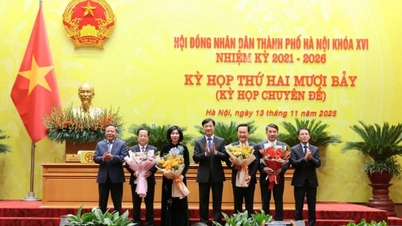



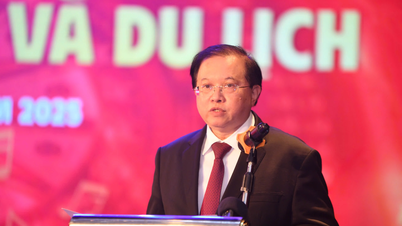





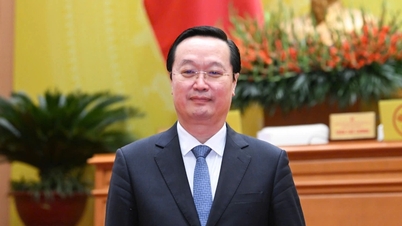





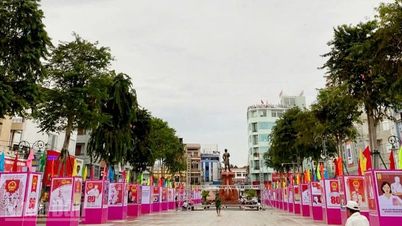


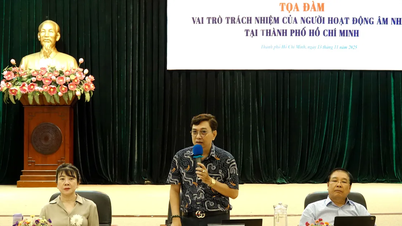





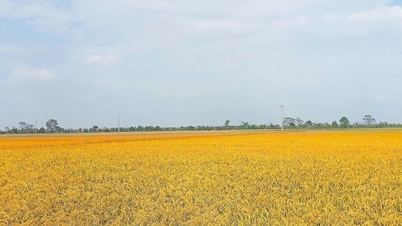

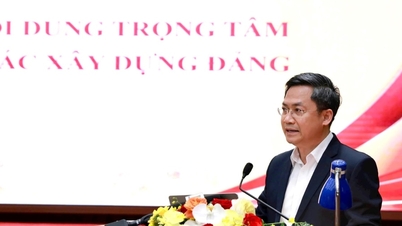








































![[Photo] Panorama of the 2nd Vietnam-Cambodia Border Defense Friendship Exchange](https://vphoto.vietnam.vn/thumb/402x226/vietnam/resource/IMAGE/2025/11/13/1763033233033_image.jpeg)
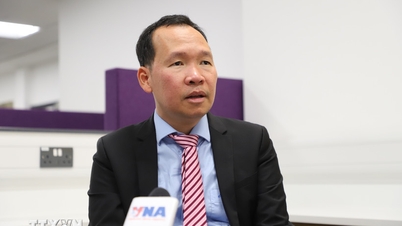

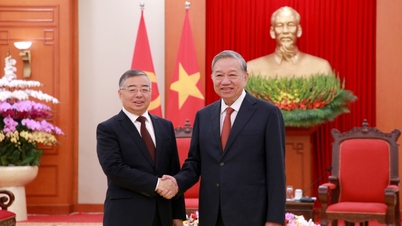





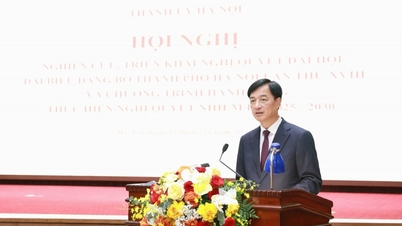


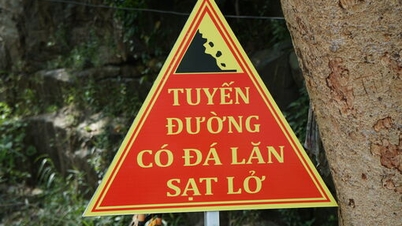



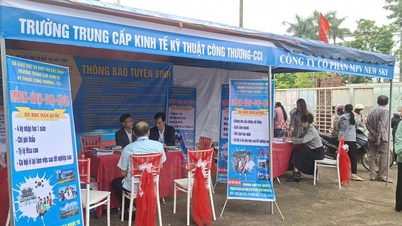









![Dong Nai OCOP transition: [Article 3] Linking tourism with OCOP product consumption](https://vphoto.vietnam.vn/thumb/402x226/vietnam/resource/IMAGE/2025/11/10/1762739199309_1324-2740-7_n-162543_981.jpeg)







Comment (0)